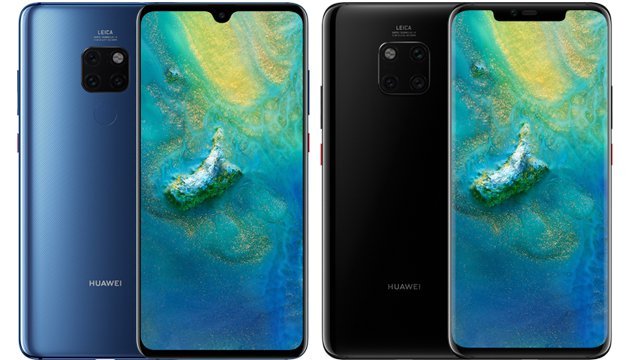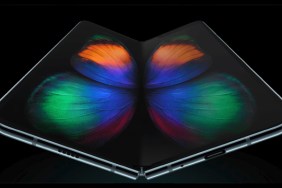The foldable phone release date battle is beginning to spice up as Huawei states that its own foldable phone release date is set for mid-2019. Headlines have favored rumors and whisperings of a Samsung foldable phone for months, but Chinese smartphone brand Huawei could beat the Korean market leading manufacturer as word of its own release plans begin to emerge.
Current rumors suggest Samsung will be ready to show off its initially delayed tech sometime next month, while Huawei CEO Richard Yu confirmed through an interview with Digital Trends that the company’s own foldable smartphone will debut sometime around June next year, going further to suggest that its first 5G smartphone will be said foldable phone and could even be based on the recently announced Huawei Mate 20 X, a phone the group sees as a Nintendo Switch competitor.
Samsung originally spearheaded the design of a foldable smartphone back in 2014 through a concept trailer at a stage event. Showing off a phone essentially baked into a wallet, and a tablet screen that springs out of a small handle, the company still hasn’t formally debuted either such device four years later. Tech advancements over the years and the rise of budget and rival smartphone makers from China has accelerated the race for innovation typically held by Apple and Samsung, with patents recently reserved by Apple suggesting the foldable phone release date race has another key competitor.
Whether or not Huawei manages to release its foldable phone ahead of Samsung is anyone’s guess at this point, but it’s safe to assume it won’t be the first to release a 5G-enabled device. 5G service is yet to properly launch, yet other Chinese smartphone manufacturer Xiaomi is expected to release the world’s first 5G device, the Mi Mix 3, next week.
As Samsung, Google, Apple, and more revel in their large-screen devices, the market is preparing to look beyond shrinking bezels to up their screen-to-body ratio and are instead looking toward shrinking the footprint of these devices by folding them up. Foldable smartphones will essentially allow for even bigger devices to fit into our pockets, meaning something like a 7-8 inch tablet could be considered the phone of the future.







